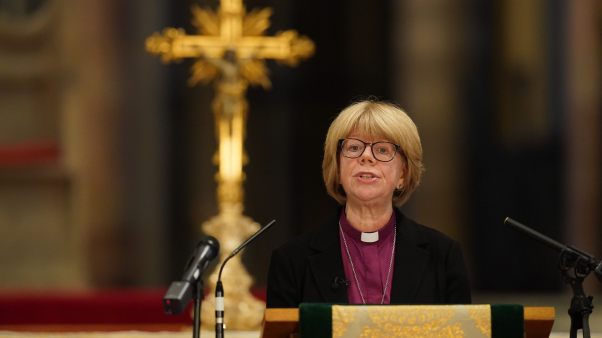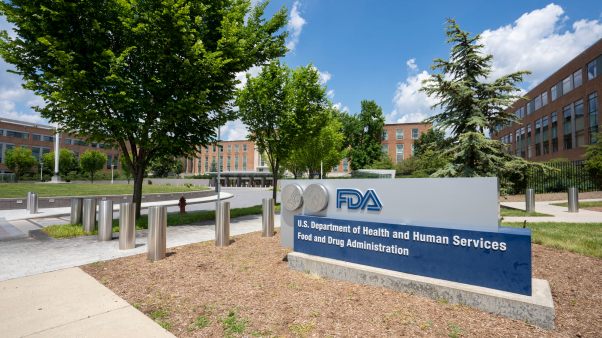Typical church-front signs offer greetings, list service times, and maybe suggest a vaguely inspirational thought. (My recent favorite, at the local Methodist church: “Be the best whatever you are.”) But St. Paul’s Cathedral in London hopes to lure passers-by with a bolder slogan: “Discover St. Paul’s—a spectacular family adventure.”
Now, I’ve been to St. Paul’s, and I wouldn’t exactly call it a spectacular adventure. I doubt that even the new live-action dramatizations of cathedral artwork and “adventure trails” for children can earn the church exalted marks on the thrill-o-meter, though taking tea in the Crypt Café could raise a few goosebumps. The history of the cathedral, on the other hand, has been a pretty wild ride.
The Christian presence in London dates back at least to 314, when Restitutus became the city’s first bishop. The location of his cathedral is unknown, but wherever it was, it probably wasn’t very impressive. Christianity didn’t start picking up speed in Britain until later that century, and Roman cultic temples from the period tended to be small and simple.
London’s first known cathedral dedicated to St. Paul was built in 604. Mostly wooden, the structure burned down in 675. Its replacement, finished 10 years later, was destroyed by Vikings in 962. The next cathedral lasted until a fire in 1087. Cathedral number four was consecrated in 1300, though work continued until 1314. Construction lasted more than 200 years—a little longer than most congregations today would put up with a building campaign.
The seventeenth century was tough on the old cathedral. During the period of Puritan control that followed the execution of Charles I in 1649, St. Paul’s (and much else that smacked of papism or high-church formality) took a beating. Horses bedded down in the chancel, and shopkeepers plied their wares in the nave. A road ran through the transept.
Restoration of the state church accompanied the restoration of the monarchy in 1660. King Charles II kicked the moneychangers out of St. Paul’s, began repairs, and enlisted architect Christopher Wren to plan for massive reconstruction. But just after Wren’s plan met approval, in 1666, London’s Great Fire ravaged the stone-walled but wooden-roofed building. The whole thing had to be torn down, mostly with battering rams, because primitive explosives proved too dangerous to workers and bothersome to neighbors. This project qualified as a spectacle. Writer Samuel Pepys observed, “It is strange to see with what speed the people imployed do pull down Paul’s steeple—and with what ease.”
Though much was lost when St. Paul’s came crashing down, some of the church’s history was rediscovered. As excavations progressed, Wren noted, “We discovered Quantities of Urns, broken Vessels and Potteryware … Graves of several Ages and Fashions in Strata, or Layers of Earth, one above another … manifestly shew’d a great Antiquity from the British and Roman Times.” I’m not sure what Wren did with the artifacts he unearthed, but unfortunately, even if he had saved them, they’d likely be gone now. A heist in 1810 cleaned out the cathedral’s treasury.
The Blitz in World War II posed the last serious threat to the cathedral. St. Paul’s didn’t survive entirely unscathed, but it avoided major damage, and pictures of its dome rising from the surrounding smoke and rubble symbolized the country’s resistance. Wren would have been proud of his creation’s heroic stand. “Architecture,” he believed, “aims at eternity.”
* Learn more about St. Paul’s at its excellent Web site. Elesha Coffman is managing editor of Christian History, and can be reached at cheditor@christiantytoday.com.
The online issue archive for Christian History goes as far back as Issue 51 (Heresy in the Early Church). Prior issues are available for purchase in the Christian History Store.
Copyright © 2001 by the author or Christianity Today/Christian History magazine.Click here for reprint information on Christian History.








